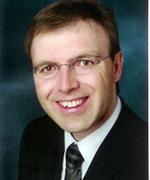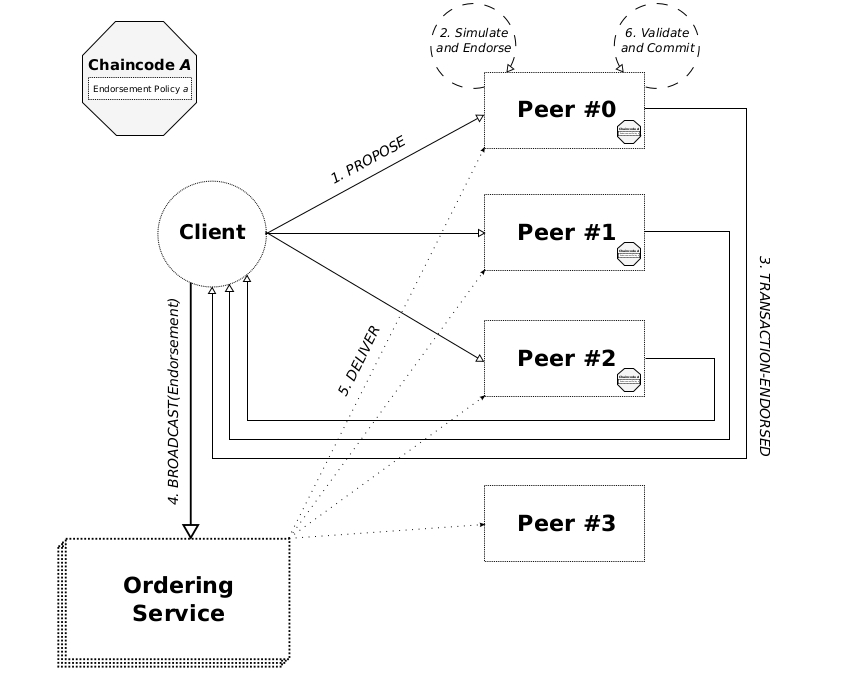Establishment of a platform with a hybrid blockchain architecture that provides scalable, energy-efficient, secure, and privacy-preserving services;
An innovative industrial platform
with a hybrid blockchain architecture
Blockchain technologies have been identified to have a disruptive potential for various aspects of our economy, with high impact to the future development of the European industry. Blockchains realize a decentralized and encrypted digital ledger and allow to replace traditional centralized architectures based on trusted third parties by a radically and decentralized approach.
#Blockchain

In this project we want to investigate to which extent our novel scalable hybrid blockchain architecture is able to overcome shortcomings of existing blockchain approaches, and how it can be applied to use cases relevant to the industry of the future.
Our goals

Within the framework of the German-French Academy for the Industry of the Future, the HyBlockArch project examines the future of the blockchain. This project aims to adapt this technology to an industrial scale to create a powerful tool for companies. To accomplish this goal, the teams led by Gérard Mémmi (Télécom ParisTech) and Georg Carle (TUM) are working on new blockchain architectures. Gérard Memmi shares his insight.
Why are you looking into new blockchain architectures?
Gérard Mémmi: Current blockchain architectures are limited in terms of performance in the broadest sense: turnaround time, memory, energy… In many cases, this hinders the blockchain from being developed in Industry 4.0. Companies would like to see faster validation times or to be able to put even more information into a blockchain block. A bank that wants to track an account history over several decades will be concerned about the number of blocks in the blockchain and the possible increase in block latency times. Yet today we cannot foresee the behavior of blockchain architectures for many years to come. There is also the energy issue: the need to reduce consumption caused by the proof of work required to enter data into a blockchain, while still ensuring a comparable level of security. We must keep in mind that the bitcoin’s proof of work consumes the same amount of electrical energy as a country like Venezuela.
What type of architecture are you trying to develop with the HyBlockArch project?
GM: We are working on hybrid architectures. These multi-layer architectures make it possible to reach an industrial scale. We start with a blockchain protocol in which each node of the ledger communicates with a mini data storage network on a higher floor. This is not necessarily a blockchain protocol and it can operate slightly differently while still maintaining similar properties. The structure is transparent for the users; they do not notice a difference. The miners who perform the proof of work required to validate data only see the blockchain aspect. This is an advantage for them, allowing them to work faster without taking the upper layer of the architecture into account.
What would the practical benefits be for a company?
GM: For a company this would mean smart contracts could be created more quickly and the computer operations that rely on this architecture would have shorter latency times, resulting in a broader scope of application. The private blockchain is very useful in the field of logistics. For example, each time a product changes hands, as from the vendor to the carrier, the operation is recorded in the blockchain. A hybrid architecture records this information more quickly and at a lower cost for companies.
This project is being carried out in the framework of the German-French Academy for the Industry of the Future. What is the benefit of this partnership between IMT and TUM?
GM: Our German colleagues are developing a platform that measures the performance of the different architectures. We can therefore determine the most optimal architecture in terms of energy savings, fast turnaround and security for typical uses in the industry of the future. We contribute a more theoretical aspect: we analyze the smart contracts to develop more advantageous protocols, and we work with proof of work mechanisms for recording information in the blockchain.
What does this transnational organization represent in the academic field?
GM: This creates a European dynamic in the work on this issue. In March we launched a blockchain alliance between French institutes: BART. By working together with TUM on this topic, we are developing a Franco-German synergy in an area that only a few years ago was only featured as a minor issue at a research conference, as the topic of only one session. The blockchain now has scientific events all to itself. This new discipline is booming and through the HyBlockArch project we are participating in this growth at the European level.






